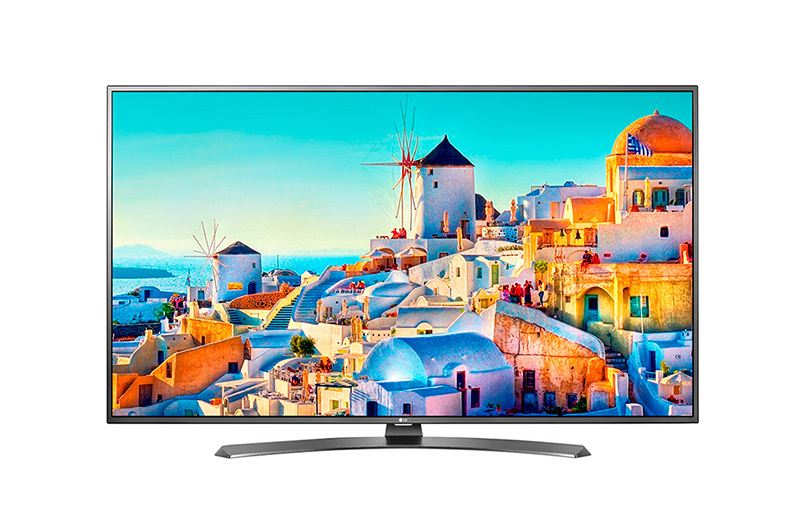The enclosure portion usually appears before the house on it. This is not surprising, because the fence - it is a symbol of your property, the guardian of your borders. And the garden, is important because of the fence will be judged on your solvency and thrift. Editorial HouseChief prepared material for you on how to select columns for a fence. Manufacturing, installation and all the important details - in this article.

Read article
- 1 Without support - anywhere
- 2 How to put the poles
- 3 How to plan the fence
- 4 Installation options supports
- 4.1 Pile into the ground
- 4.2 concreting pillars
- 4.3 Strip foundations for fence
- 5 What materials do support for fence
- 5.1 Metal
- 5.2 asbestos-cement pipes
- 5.3 plastic bearings
- 5.4 Wood
- 5.5 Brick
- 6 Features installation of fences on difficult terrain
Without support - anywhere
Fence without reliable support does not stand for a week. And the more solid you choose the material for the fence, the stronger must be the pillars and, therefore, better their fixation in the soil.
The supports can be used as metal, wood, brick, Reinforced concrete structures, and even plastic.

How to put the poles
Installing the pillars of a general algorithm, the only difference in the ways of fixing them in the ground. There are three options: direct harvesting, partial or complete concreting of the installation continuous footing.
Choosing the type of installation depends on the characteristics of the soil at the site topography and the groundwater level. In addition, the choice of method depends on the installation of the intake sail cloth. Clearly, if you want to use as fence mesh, there is no need to put strong supports, such as reinforced concrete pillars.

Returning to the soil quality, it should be noted that a simple pile of pillars is not suitable for clay soil heaving, which simply eject them after the first winter, and the wind to finish the job. Furthermore, harvesting is not suitable for mounting heavy webs of metal. Thus, it appears that this type of fixing is suitable only for solid soil, and a relatively low light fence permeable to wind.
All options concreting more reliable and durable. Such fences stand for at least half a century, without causing you any trouble. In addition, concrete supports is suitable for all kinds of soil, as well as any severity and sail cloth.

Tip! Before you put the fence, have a drink of tea with the neighbors. That fence is often a cause of conflict. Discuss the installation location and the material web.
How to plan the fence
An important point in the installation of the fence - the correct calculation of the number of columns and spans dimensions.

Tip! It makes no sense to put a fence up to 250 cm. This is a great sail, and excessive costs.
An important point in the calculations: column height should be such that it was possible to bury them in the ground is not less than one-third of the length. For example, if you put a fence height of 150 cm, the pillars must be taken not less than 210 cm.
Between the supports should be no more than 3 m. And, as practice shows, a move more than 2 m, is economically inexpedient. It turns out that the best option, through which columns should be placed - 2.5 m. But step may depend more on the material web. For example, if you order some special fabric, each element of which is attached separately, it is clear that the pitch of supports will depend precisely on this design.
Installation options supports
So, you have identified the type of soil on the site, made calculations and purchased materials. After marking the need to start the installation of supports. As we have said, there are several installation options. Let us examine them in detail.
Pile into the ground
For driving the supports, if you choose this method of installation, you will need a drill and a sledgehammer. If your wooden supports - their previously be treated against rot. For this purpose, suitable waste oil, bitumen or any other suitable structure.

To bitumen processing is not slipped during driving, use hot tar.
Metal poles also need to be protected against corrosion. For this purpose will approach the same bitumen or paint.
To alleviate clogging columns, you can first drill a hole to the desired depth. But in order to support it sat firmly in the ground, the well must be of smaller diameter. To support went well, sharpen wooden stands, and metal can be put on a special spear.

concreting pillars
For concreting pillars also need a drill. Only in this case - a larger diameter than the poles. After production wells need to firmly fix the support in the upright position. How can I do this job, if no helper:
| Illustration | Description of the action |
 | You need a channel or wood to expose and fix post timber. Place it along the marking. |
 | Set the post into the hole and secure it with a clamp. |
 | To post does not sink into the soft ground, placing it on a brick or tile. Weld metal segments to the post or screw in a bolt. |
 | Before pouring the concrete mix gravel and be sure to check the correct support installation using a spirit level. |
After casting, within 20 minutes you can still correct post, if suddenly changed its position.
Tip! To improve the strength of concrete pouring, wrap well with roofing felt or polyethylene. This will prevent moisture soak into the ground, and the concrete will be stronger.
Strip foundations for fence
If you're planning a capital structure, the strip foundation - great choice. He will stand stone and brick fence, not to mention the forging and trapezoidal sheet.

It also requires reinforcement and formwork. The only difference - the installation depth. How to create a strip foundation for the fence, in this short video instructions:
What materials do support for fence
The fence on the site can be set with different supports. For this purpose, most commonly used metal pipesBut it is possible to mount the canvas fence and a tree, concrete, Brick and plastic.
Metal
It is the most popular option with many advantages. Yes, metal supports are not cheap, but they are durable and reliable. For steel pipes welding secure the cross bar, and everything you need in a further operation of the process - from time to time to update protective coating - paint.

Separate type of metal poles - screw piles. Their installation is facilitated by the presence on the end support screw which is screwed into the ground. Such a framework is stable, and if necessary, you can move the support along with the fence by removing them from the land.

In addition, the fence on screw piles can be installed at any time of the year. The only place where the installation of such supports is not possible, are rocky and stony areas.
asbestos-cement pipes
Another variant of the fence installation - on a columnar basis. For this purpose, the ground bury pipes made of asbestos cement and fix them concrete. To secure the web using metal clamps. Such support is quite durable.

plastic bearings
Despite the growing popularity of such structures still causes some doubts. Indeed, plastics are not afraid of corrosion and insects. But it is quite brittle material which is unlikely to survive even high wind loads. These fences can be used for decoration flower beds or limiting some areas, but not for the protection of the site.

Wood
Traditional wooden fence and a wooden rack. This embodiment is considered to be the most economical. V can be used as a material for conventional web boards, Croaker, fence. To such a fence served as long as possible, pillars and linen need protect means against rot and insects. And repeat this process will have no less than once every two years.

Brick
Brick support always have a metal base. Brick design gives greater solidity, but to fix the blade still need metal. Installation of poles - a very laborious process. necessarily need to have foundation.

Features installation of fences on difficult terrain
If your site difficult ground, to the choice of support for the post should be approached very responsibly, as well as their installation. On the heaving soils it is especially important enough to bury the support so that they reached the dense layer and fixed there. Whereas seasonal shifts do not push them out.

With the high level of ground water is important concrete support cement mark is not lower than 450. By the way, high soil water saturation does not interfere with install support by driving, but worth very carefully seal the material.
If you are willing to share their experience in the installation of fences on sections - write about it in the comments!



